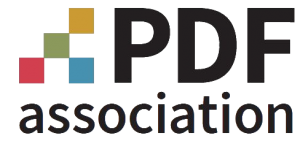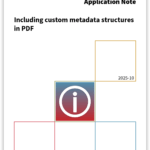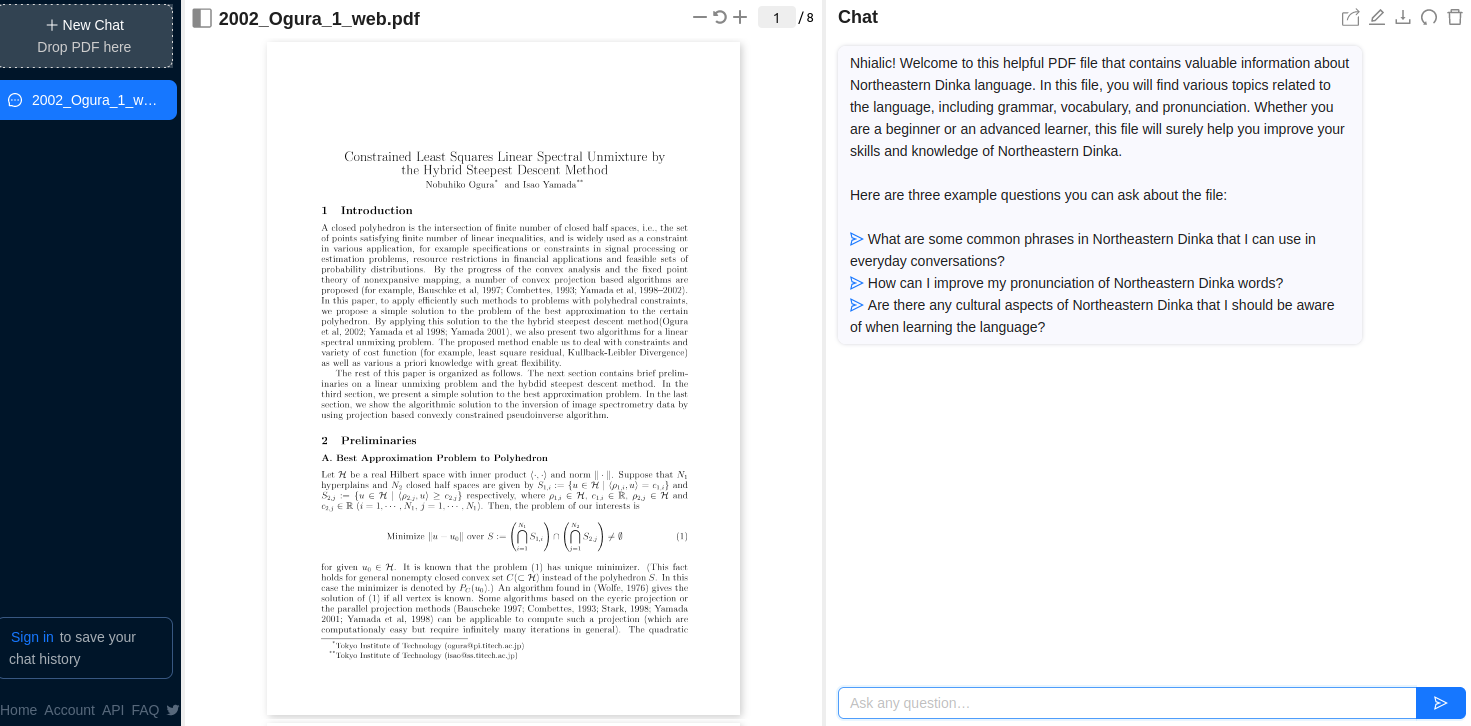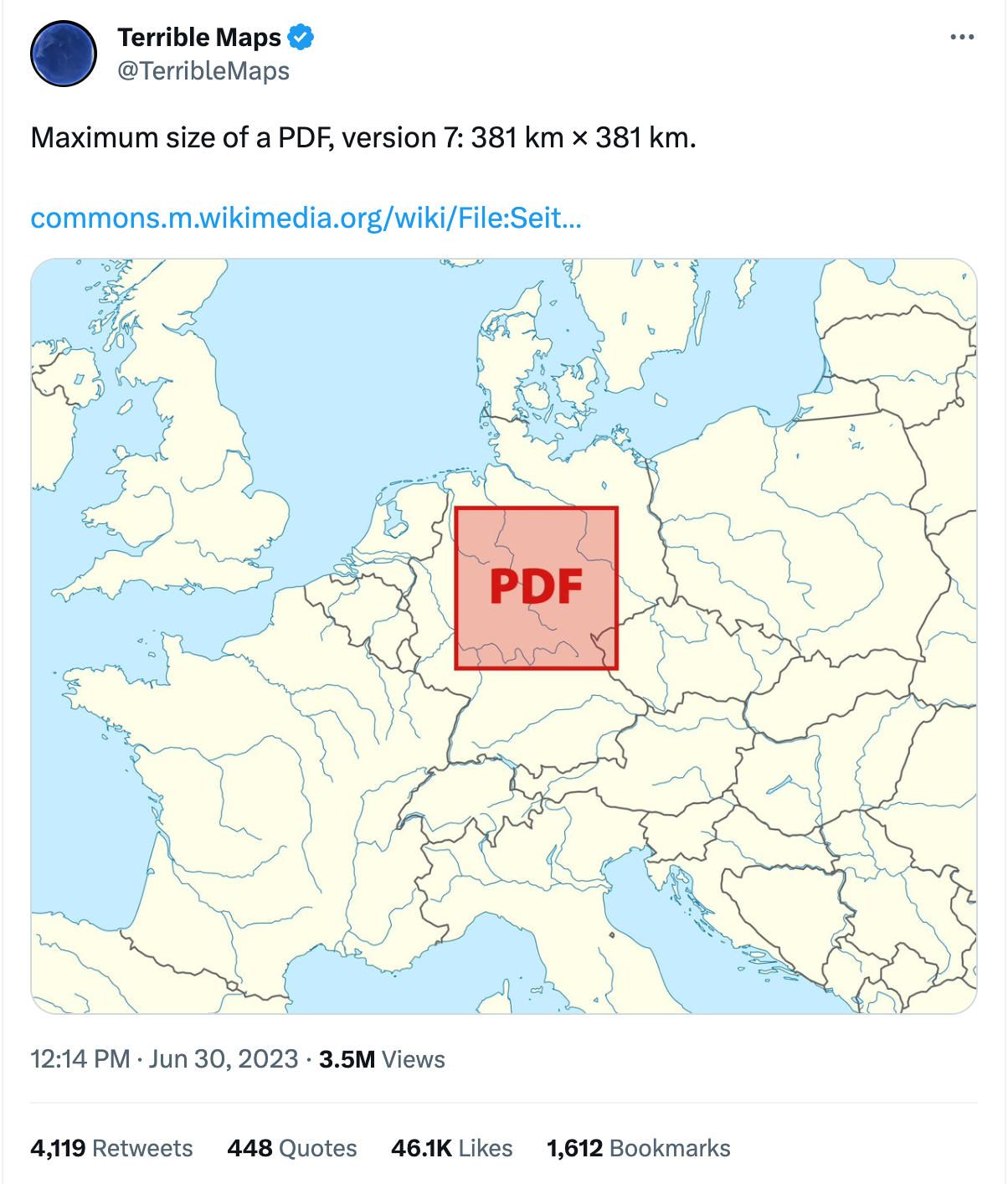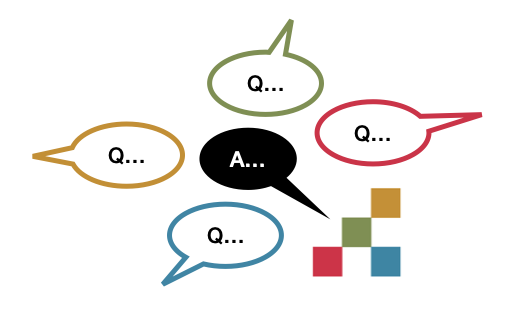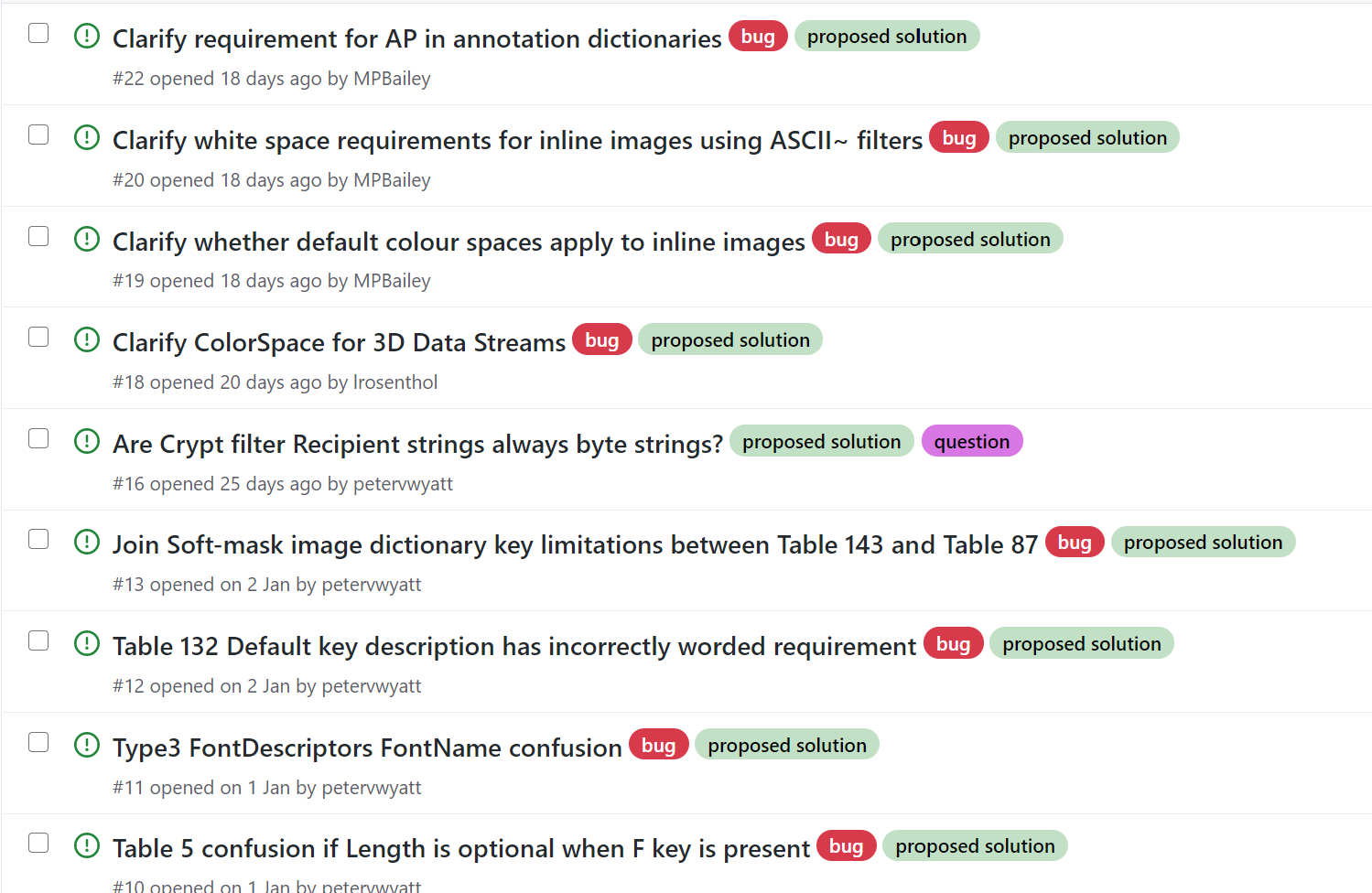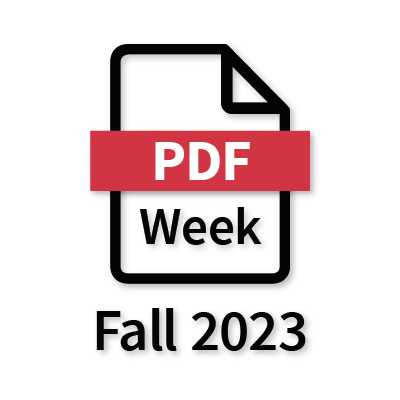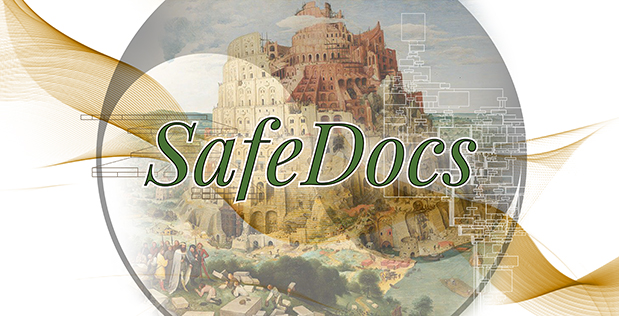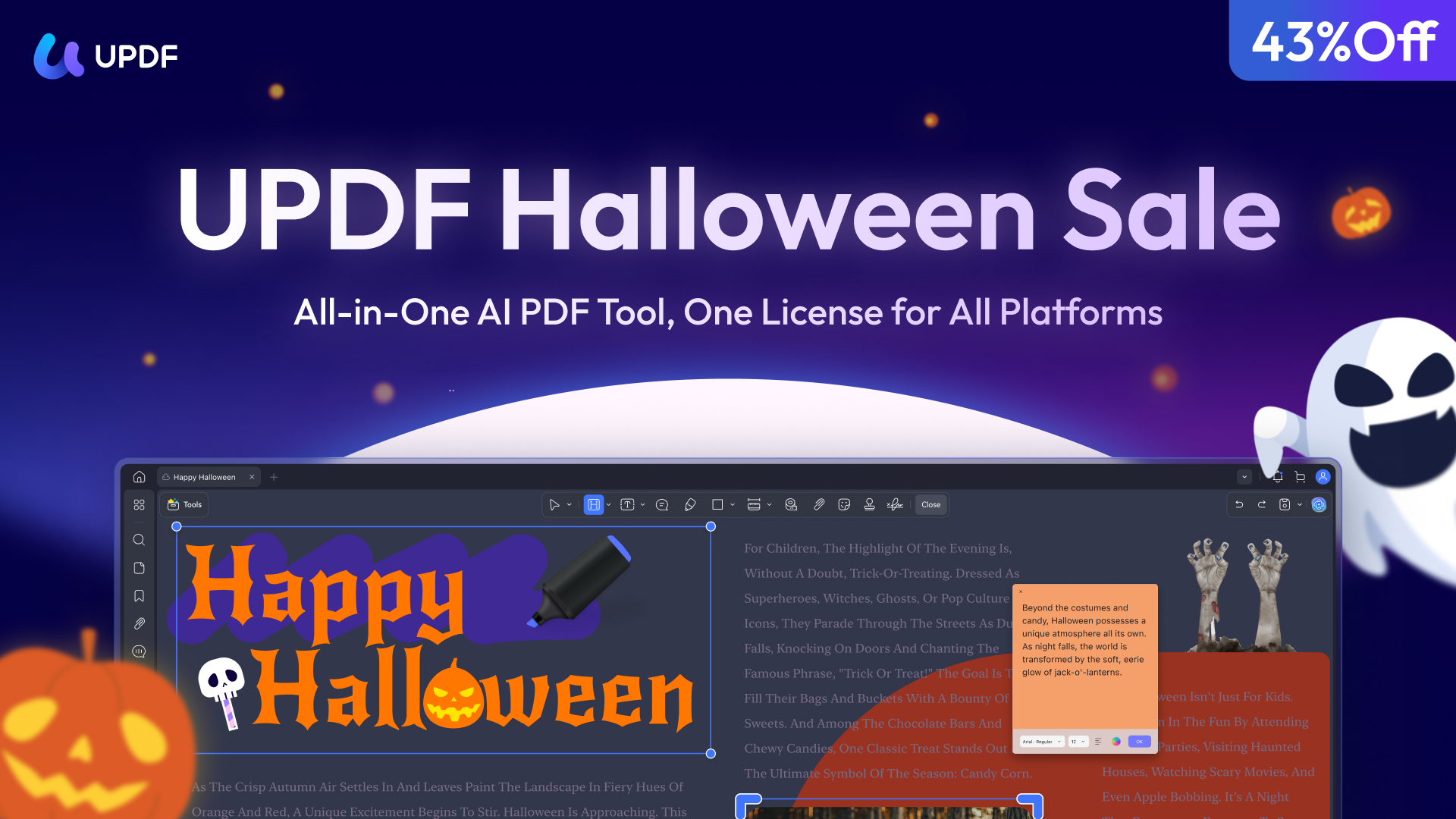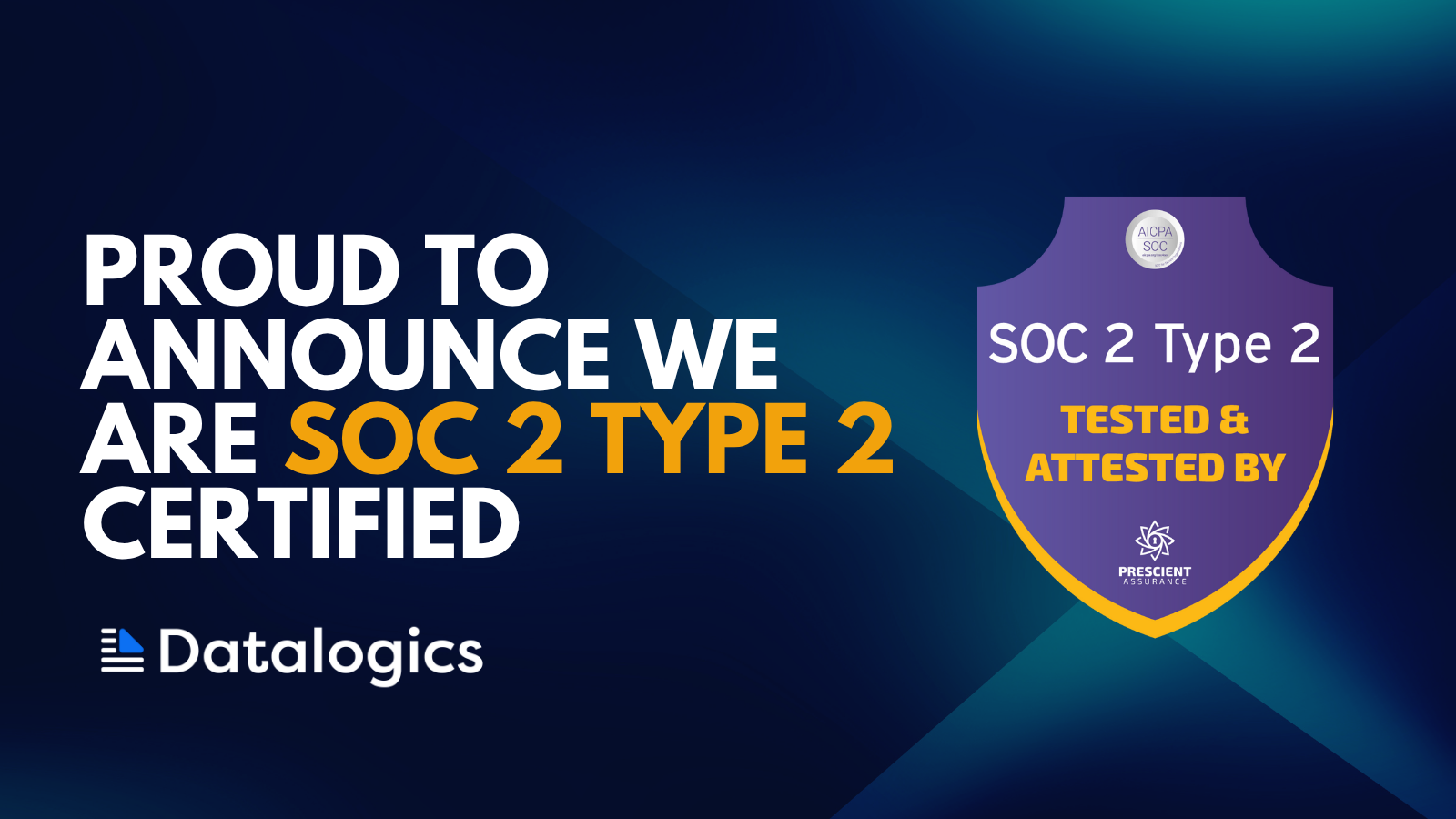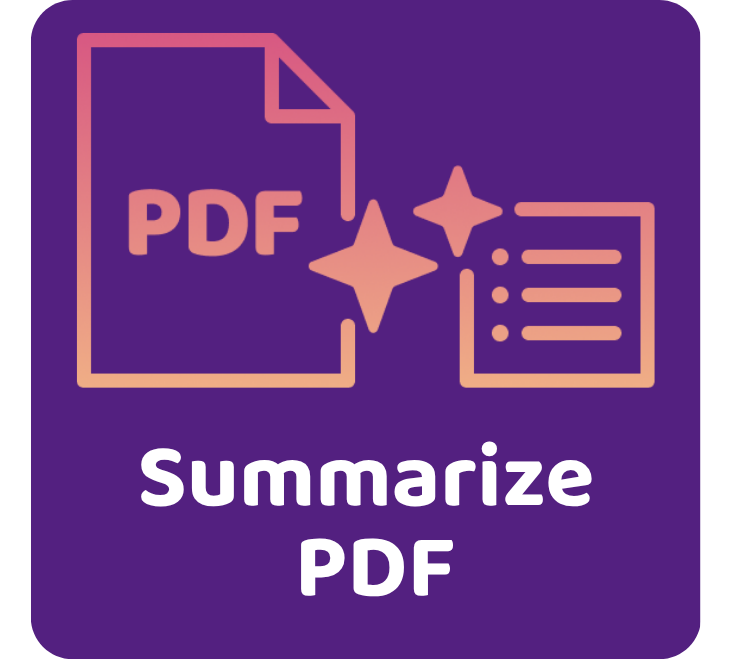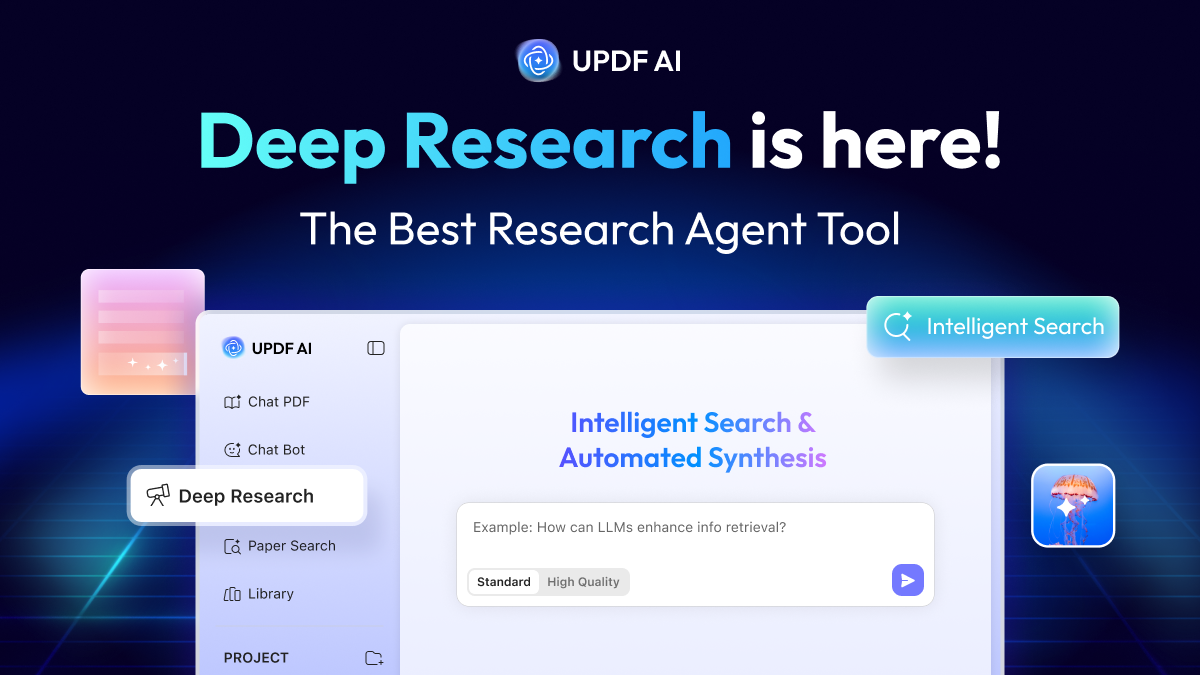New Application Note Illuminates PDF’s Flexible Options for Custom Metadata
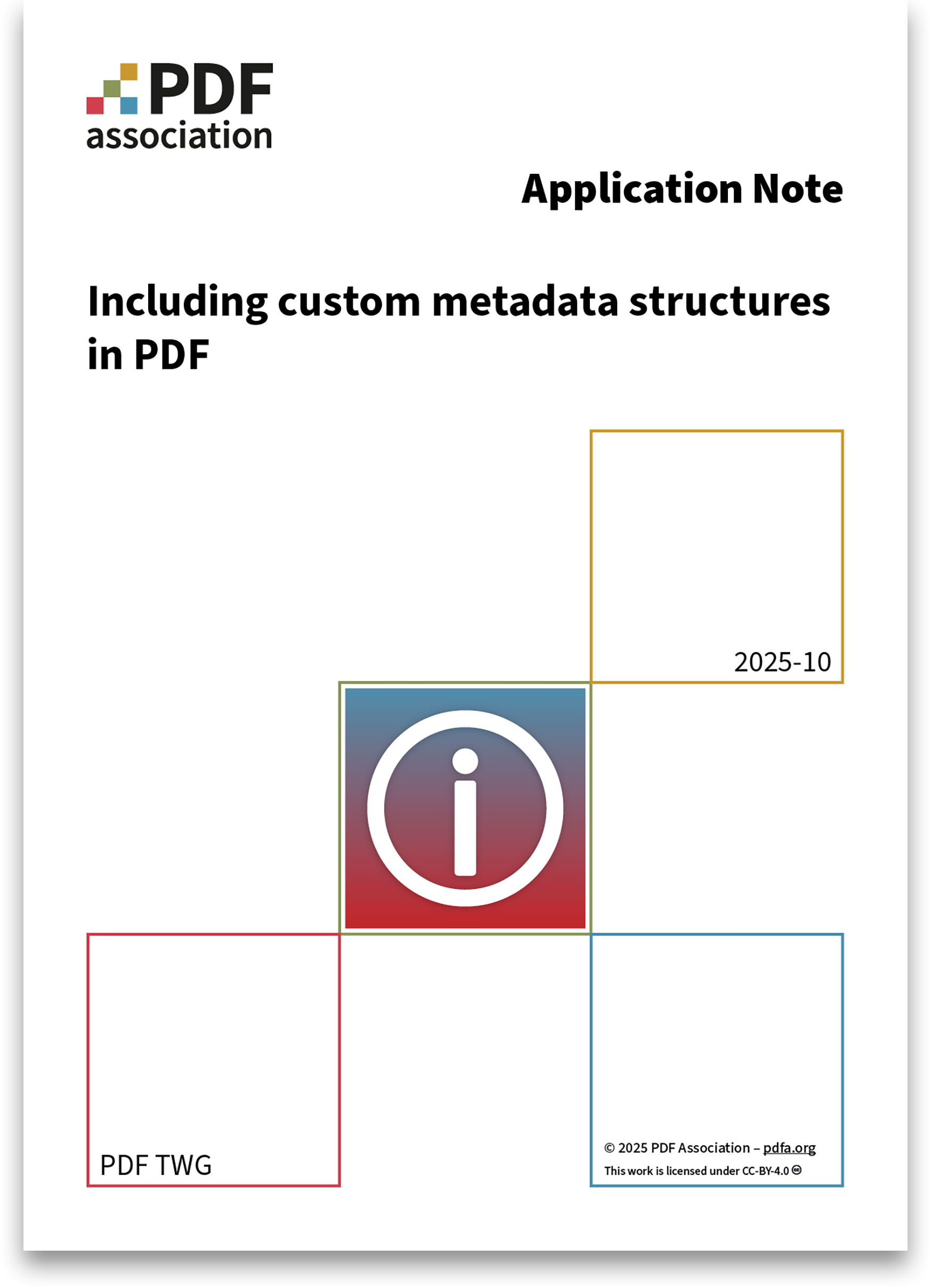
The PDF Association has released a new Application Note titled “Including Custom Metadata Structures in PDF.”
This document addresses the need for organizations to use custom metadata beyond standard XMP schemas in their PDF workflows. It provides guidance on designing custom metadata schemas, embedding them interoperably, best practices for versioning and extensibility, and strategies for exposing metadata to applications and tools.
The document’s objective is to enhance interoperability and efficiency by allowing custom metadata to travel seamlessly within PDF documents, eliminating the need for separate “sidecar files.”
The Note is now available on the PDF Association website.

The PDF Association has released a new Application Note titled “Including Custom Metadata Structures in PDF.”
This document addresses the need for organizations to use custom metadata beyond standard XMP schemas in their PDF workflows. It provides guidance on designing custom metadata schemas, embedding them interoperably, best practices for versioning and extensibility, and strategies for exposing metadata to applications and tools.
The document’s objective is to enhance interoperability and efficiency by allowing custom metadata to travel seamlessly within PDF documents, eliminating the need for separate “sidecar files.”
The Note is now available on the PDF Association website.
ChatGPT can do magic, but doesn’t solve problems when extracting text from PDF
LLMs and generative artificial intelligence, as much (or more) than everything else computers can do, is subject to the iron law of GIGO (Garbage in, Garbage Out).
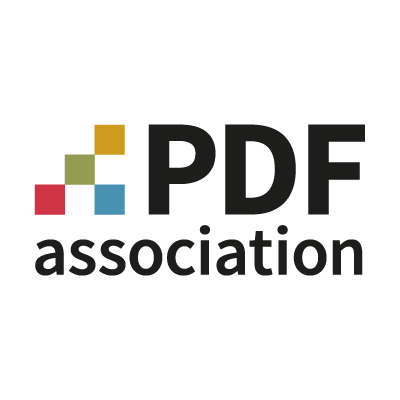
July 2023 by Duff Johnson

Overcoming ossification requires everyone to agree on the strategy and specific technical changes affecting all stakeholders.
